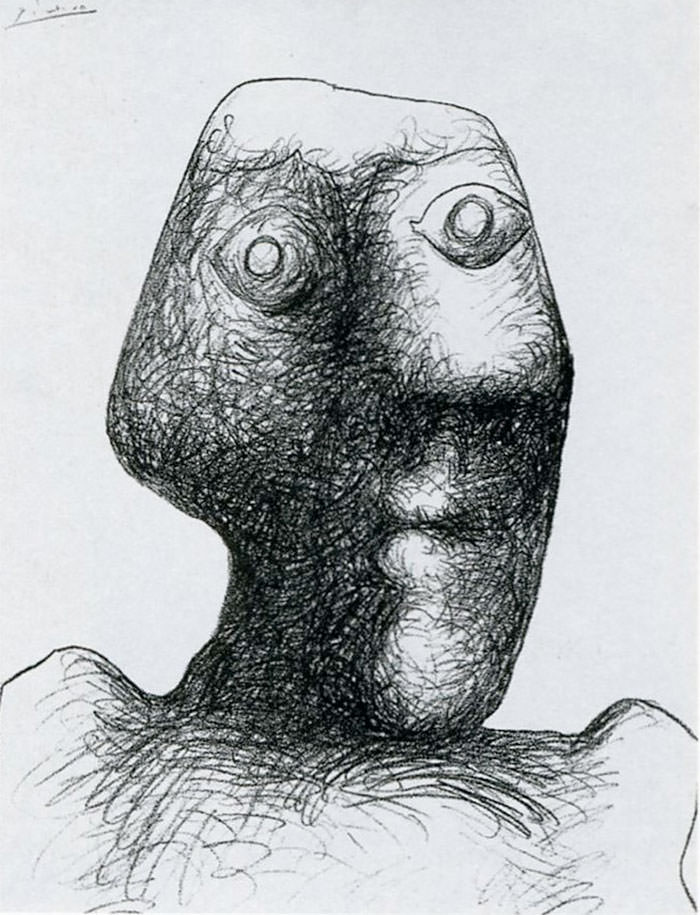Pablo Picasso is one of the most celebrated artists of the 20th century, known for his innovative approach to painting, sculpture, and other art forms. Over the course of his long and prolific career, Picasso produced an astonishing variety of works, each one showcasing his distinctive style and vision. One of the most fascinating aspects of Picasso’s art is his self-portraits, which provide a glimpse into the artist’s evolving sense of self and changing creative interests.
Picasso’s first self-portrait was created when he was just 15 years old, and it is a striking early example of his talent and potential as an artist. The portrait, painted in 1896, depicts a young Picasso with long, wavy hair and a contemplative expression. Though it is clearly the work of an inexperienced artist, there is a sense of raw talent and energy that is evident in the painting.
Over the years, Picasso’s self-portraits would become more complex and sophisticated, reflecting his changing artistic goals and evolving sense of self. In his early 20s, Picasso experimented with cubism, a revolutionary style that emphasized geometric forms and abstracted reality. His self-portraits from this period are characterized by fragmented planes and overlapping forms, creating a sense of depth and movement that is both dynamic and disorienting.
As Picasso matured as an artist, his self-portraits became more introspective and expressive. He began to experiment with different media, including sculpture and printmaking, and his self-portraits began to reflect these varied interests. In the 1930s, for example, Picasso created a series of self-portraits in which he depicted himself as a bull, reflecting his fascination with the animal as a symbol of power and virility.
In the years leading up to his death, Picasso continued to create self-portraits that were both innovative and deeply personal. His later works often featured bold colors and expressive brushstrokes, creating a sense of energy and intensity that is both captivating and unsettling. In many of these works, Picasso appears to be grappling with his own mortality, using his self-portraits as a means of exploring his own sense of identity and place in the world.
One of the most fascinating aspects of Picasso’s self-portraits is the way in which they reflect the artist’s changing attitudes toward himself and his work. As he moved from one phase of his career to another, his self-portraits served as a kind of visual diary, documenting his artistic evolution and his personal growth.
Picasso’s self-portraits also offer a window into the mind of a truly exceptional artist. Through his self-portraits, we are able to see the world as Picasso saw it, and to experience the world through his eyes. Whether depicting himself as a young man with a mop of hair, or as an old man staring down his own mortality, Picasso’s self-portraits are a testament to the power of art to capture the complexities of the human experience.
Picasso’s self-portraits are a testament to his incredible talent and vision as an artist, as well as to his deeply personal and introspective approach to his work. From his early portraits as a teenager, to his cubist experiments in his 20s and 30s, to his later works that grappled with themes of mortality and identity, Picasso’s self-portraits offer a fascinating and revealing look at the mind of one of the 20th century’s greatest artists. As we continue to explore Picasso’s work, his self-portraits will remain a vital and essential part of his legacy, providing a glimpse into the mind of a true master of the arts.
#1 15 years old (1896)
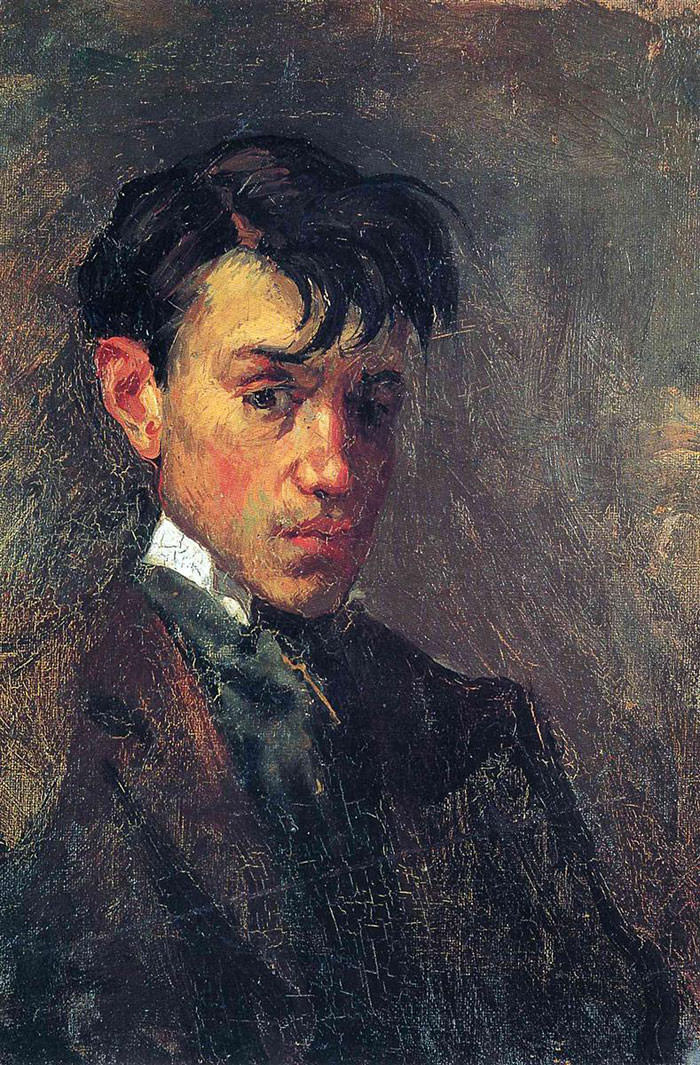
#2 18 years old (1900)
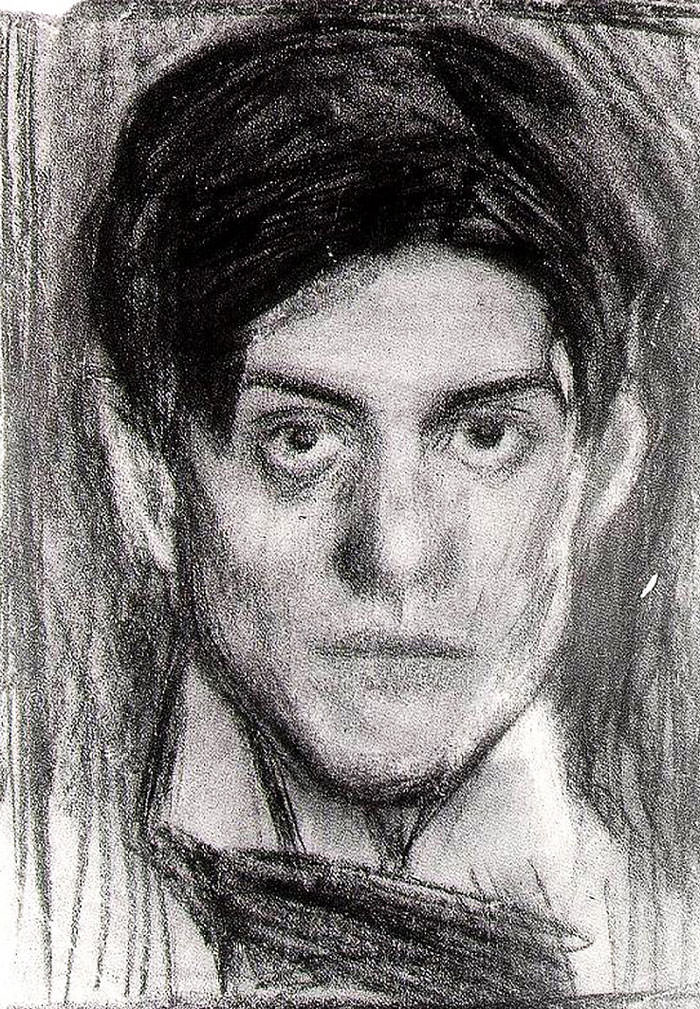
#3 20 years old (1901)
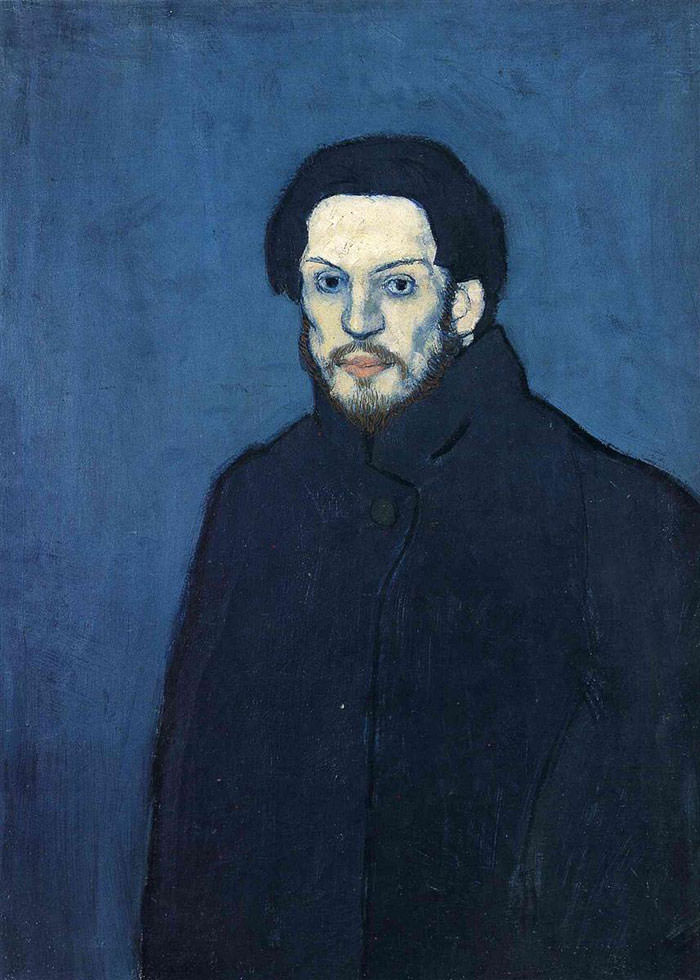
#4 24 years old (1906)
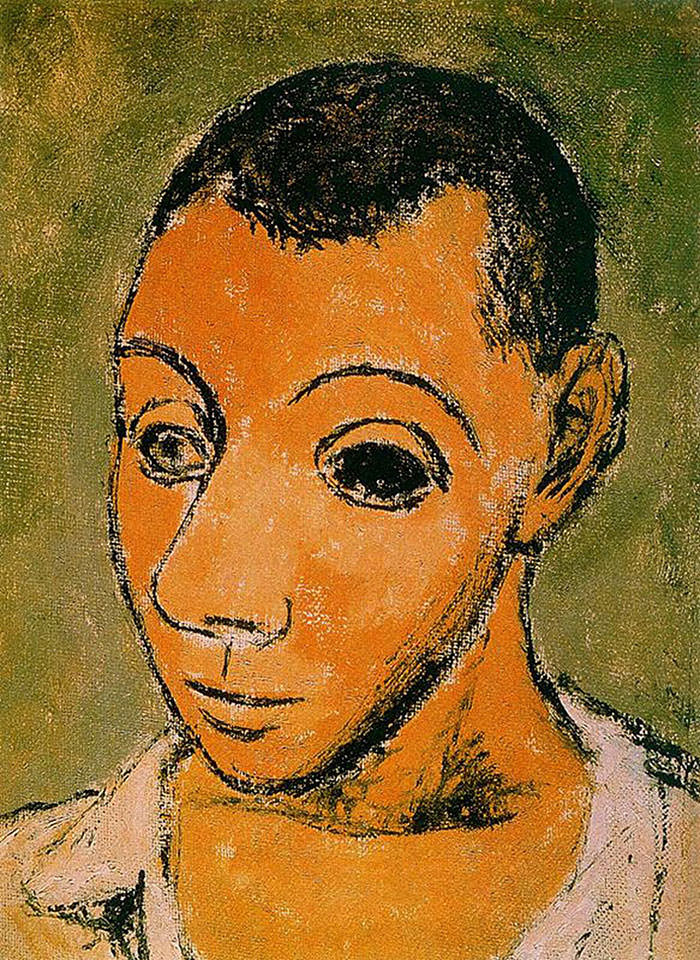
#5 25 years old (1907)
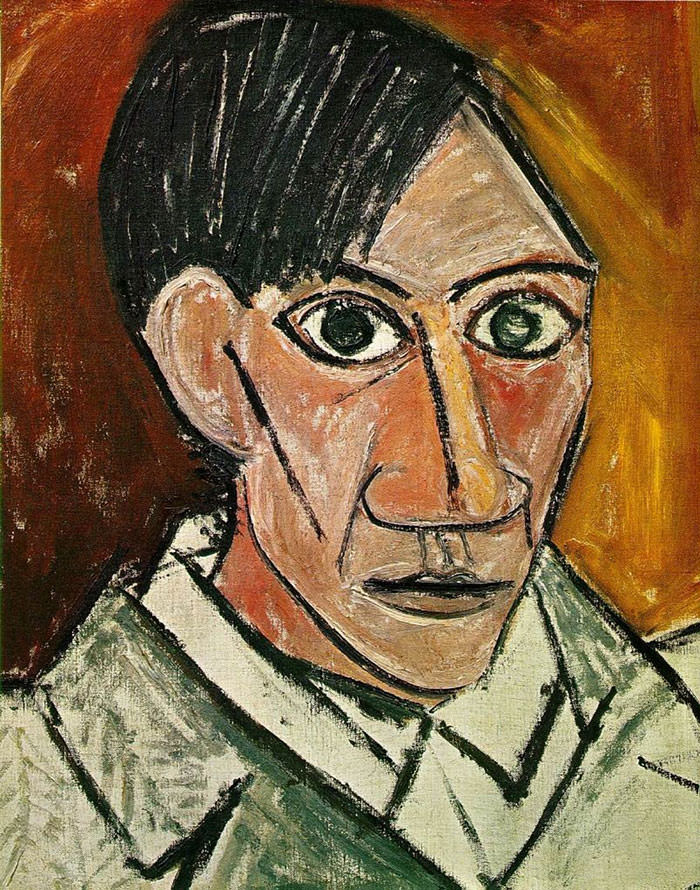
#6 35 years old (1917)
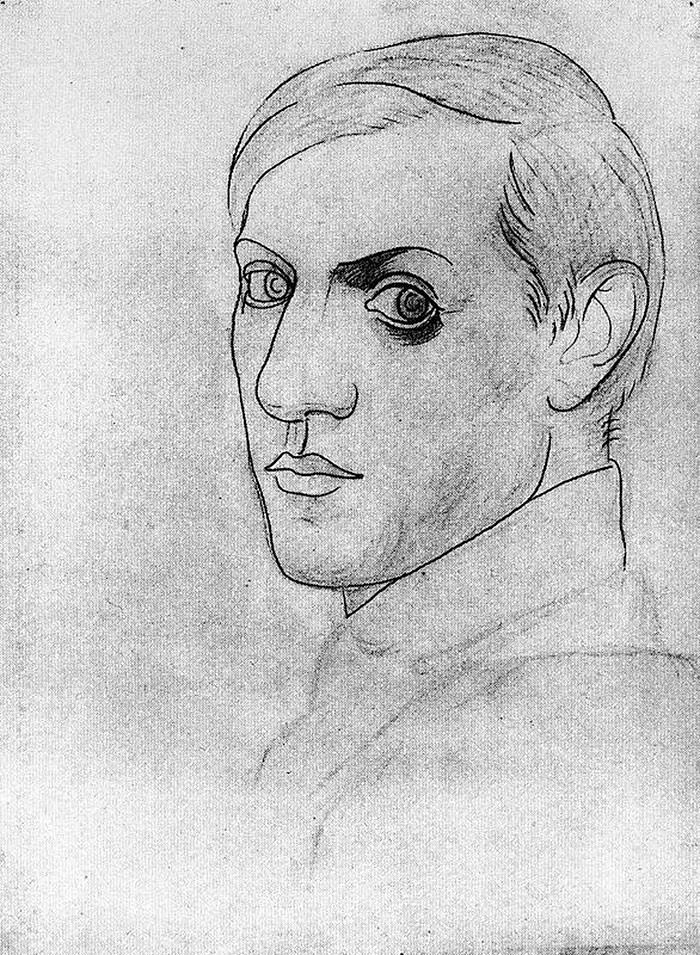
#7 56 years old (1938)
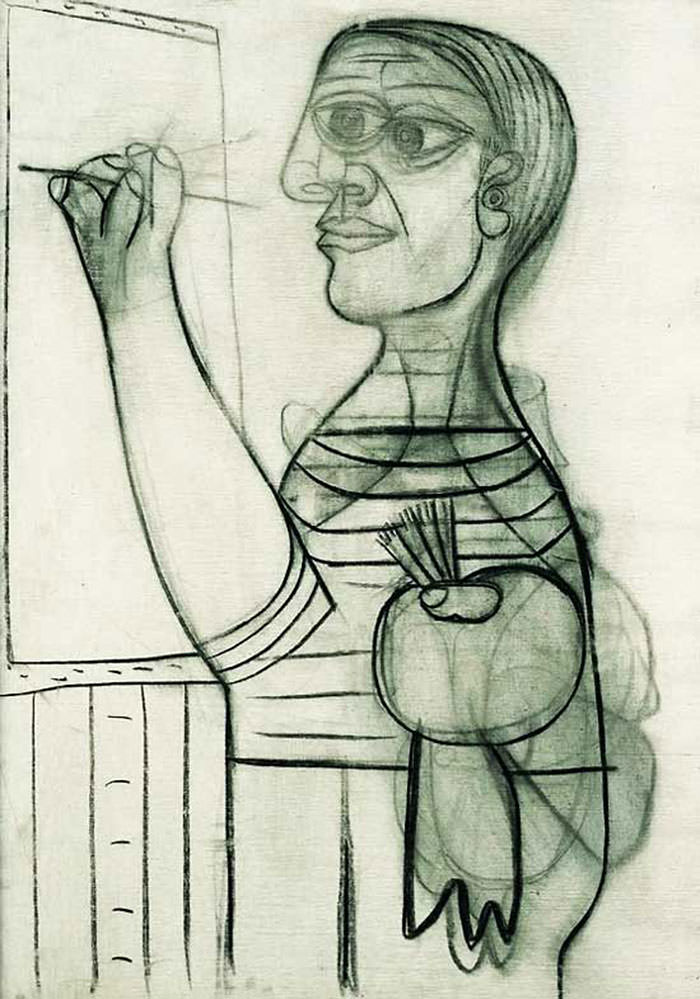
#8 83 years old (1965)
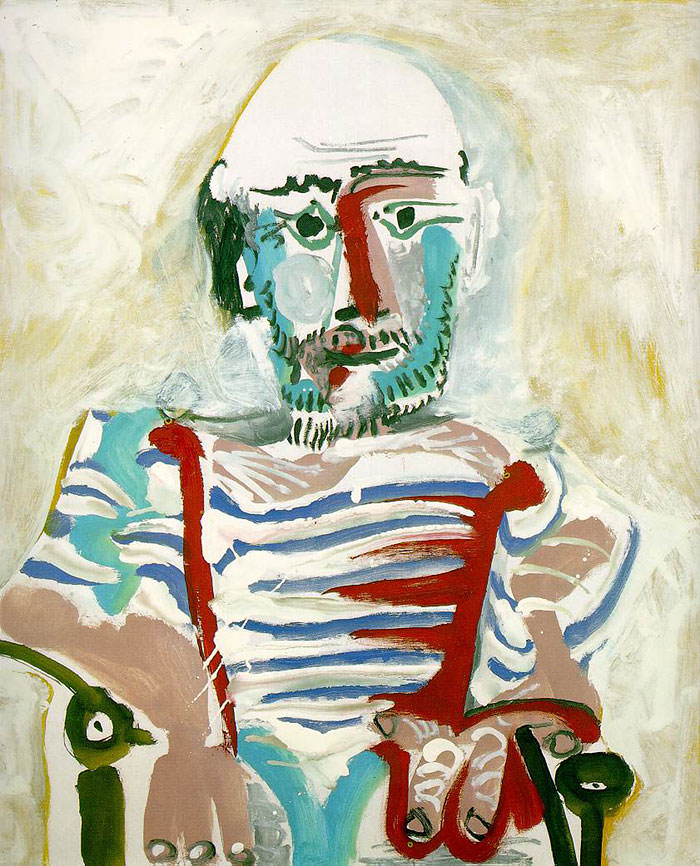
#9 85 years old (1966)
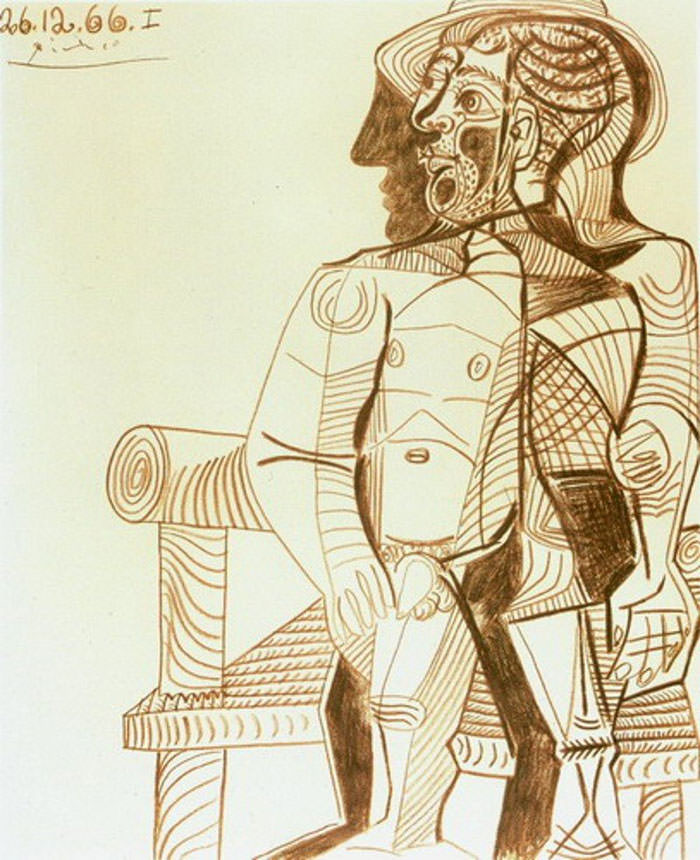
#10 89 years old (1971)
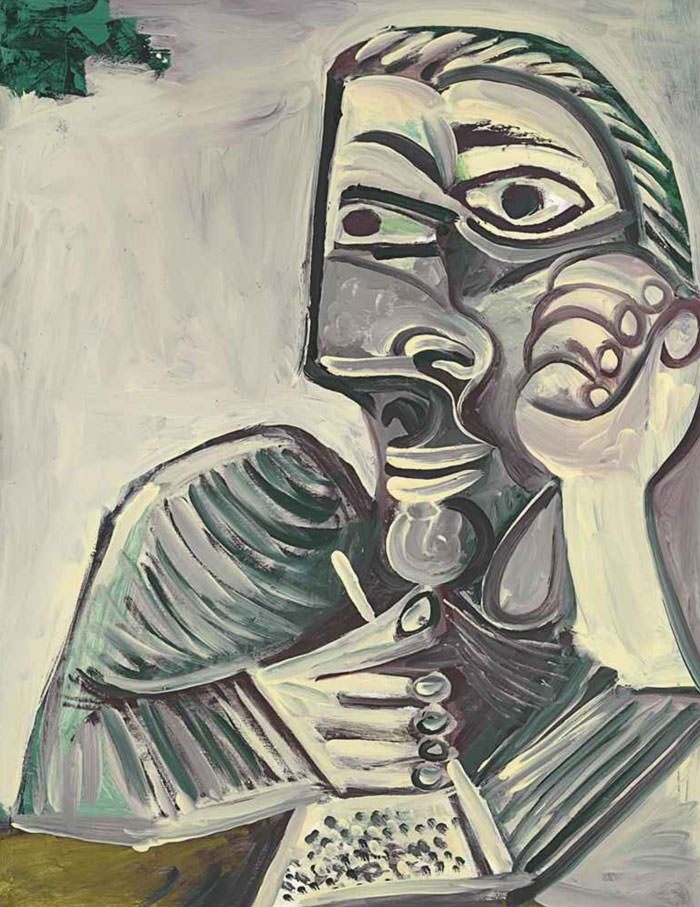
#11 90 years old (June 28, 1972)
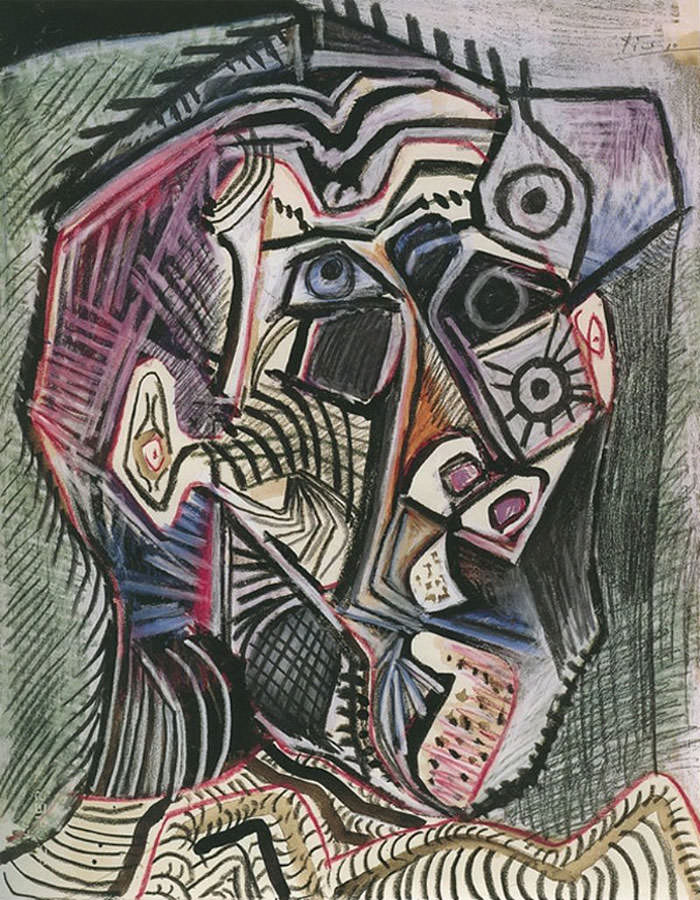
#12 90 years old (June 30, 1972)
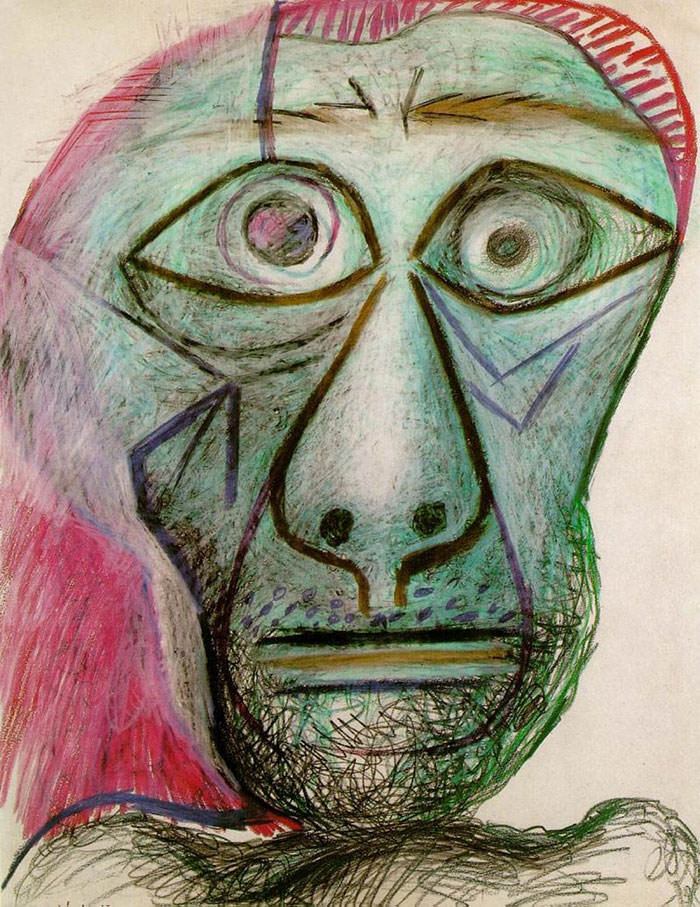
#13 90 years old (July 2, 1972)
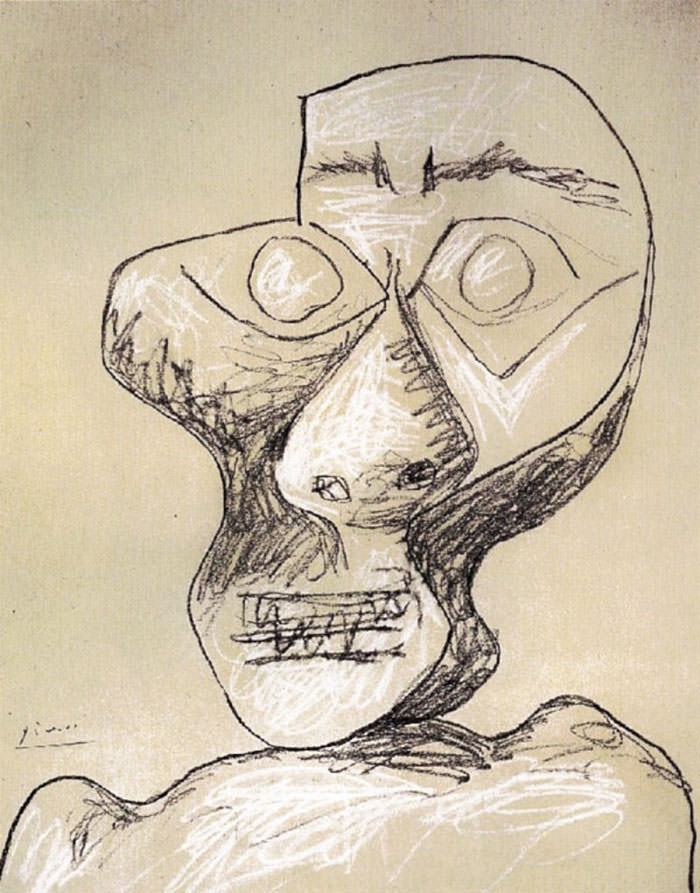
#14 90 years old (July 3, 1972)
